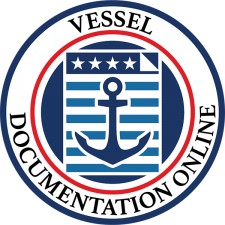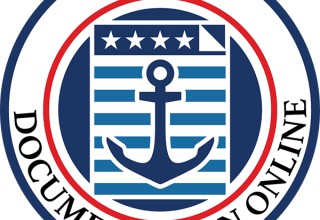Following Temperature Drop, Vessel Documentation Advises New Precautions When Boating

LOS ANGELES, September 17, 2019 (Newswire.com) - Vessel Documentation Online, a site for USCG vessel renewal services among other forms of documentation, urges vessel owners to be as careful as possible when boating during the fall and winter months. Cold temperatures have already led to the U.S. Coast Guard Auxiliary Public Affairs group publishing boating tips for frigid temperatures.
Coast Guard experts are on the record as stating: “extra caution and preparation should be taken before heading out on the water in winter.” One of those precautions is to “dress for the water and not the air.” Water temperatures can be near freezing, even if the air temperature above the water is as high as sixty or even seventy degrees. The “1-10-1” principle is encouraged: a person has one minute being submerged in cold water to get their breathing under control before going into shock. Then, they have ten minutes of movement to recover before they lose dexterity in their extremities. Finally, the human body has one hour from being submerged before hypothermia could begin to set in.
“There are so many great reasons to go out on the water in the winter: hunting, fishing, or just to have a good time. But, cold weather boating requires certain procedures and precautions that summer boating doesn’t. Float plans, personal flotation devices, functioning forms of communication with the land and other parts of safe boating etiquette are important at all times, but especially so in the cold, wintry months. By following these rules, you can ensure that every time you go out on a boat, regardless of the temperatures, you have an enjoyable and safe experience,” said a spokesperson for Vessel Documentation Online.
In addition to assisting with US Coast Guard certification, Vessel Documentation Online also can assist with initial vessel documentation, a preferred ship’s mortgage, and other forms.
For more information about safe boating in the winter, USCG boat documentation, or to make a press inquiry, contact (866) 981-8783.
Source: Vessel Documentation Online


